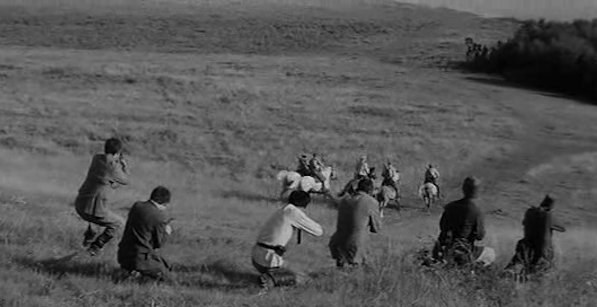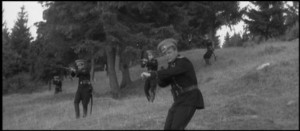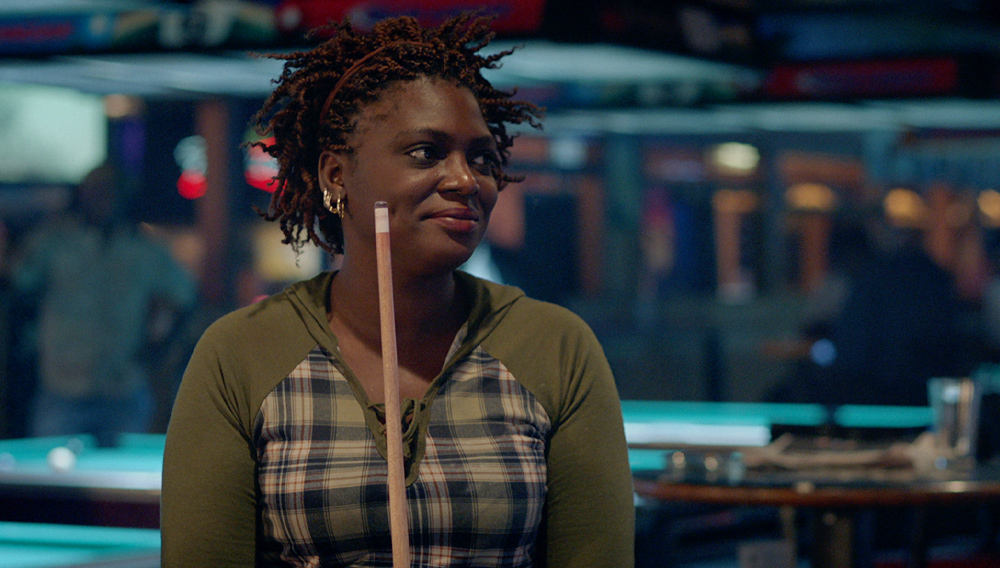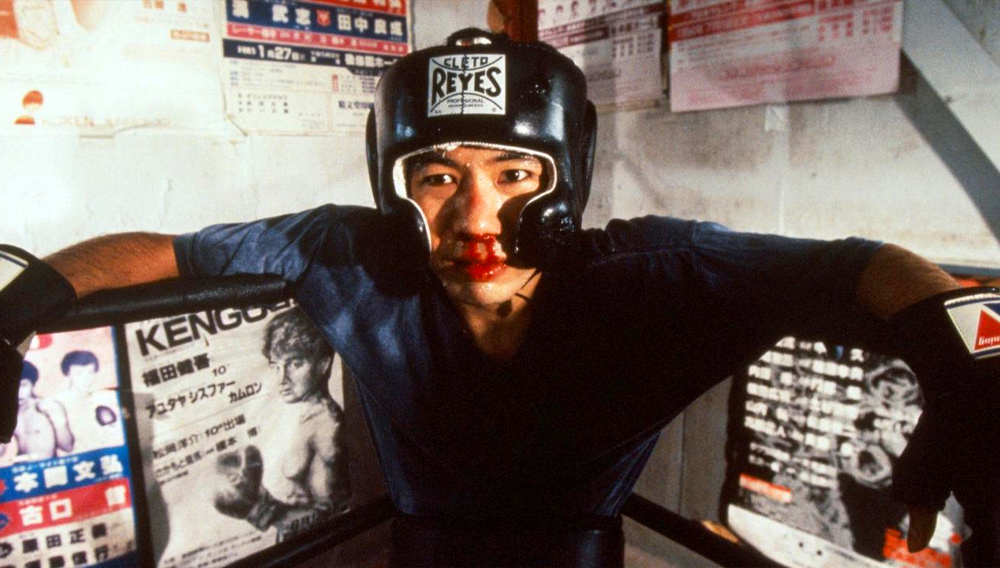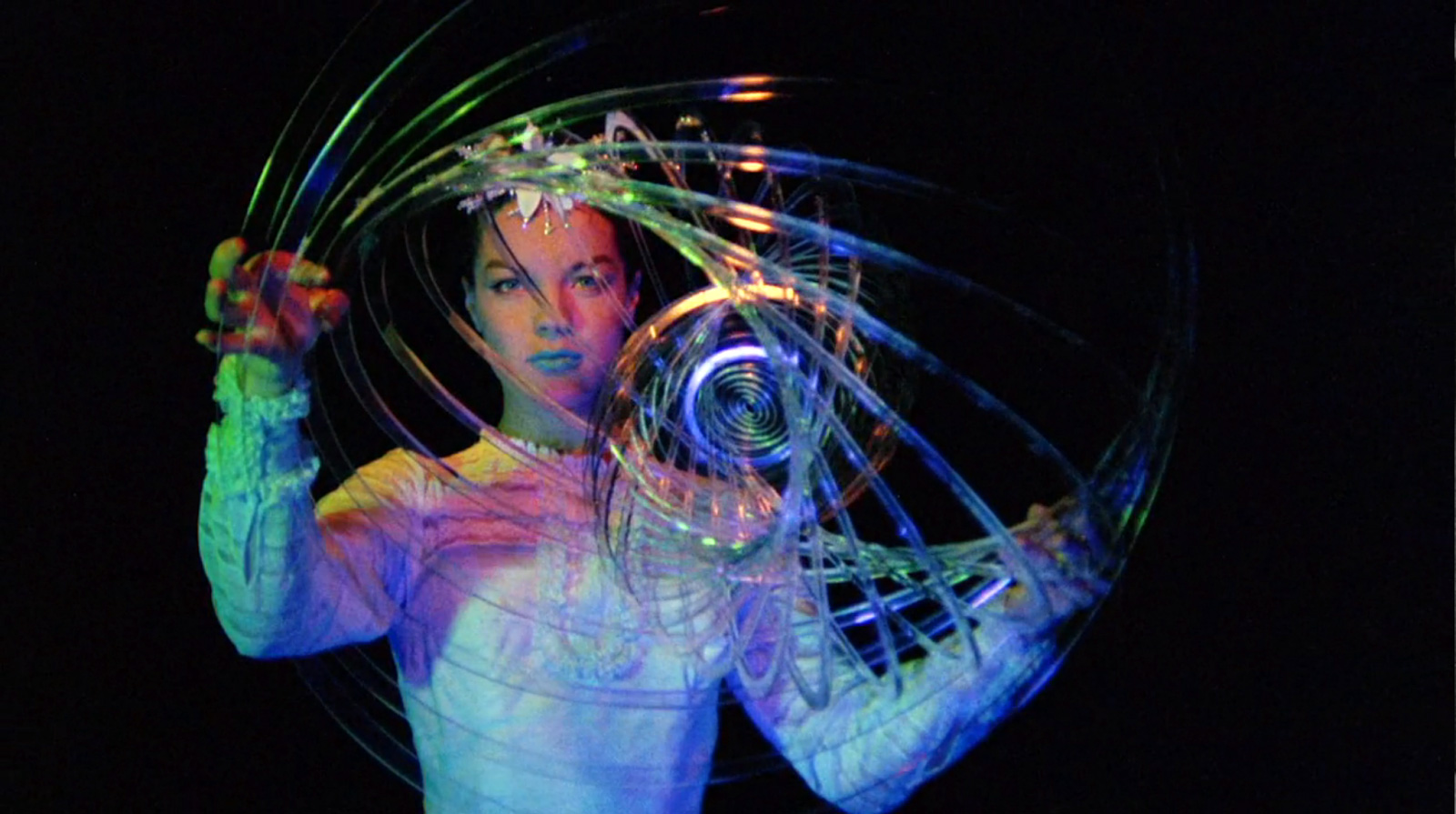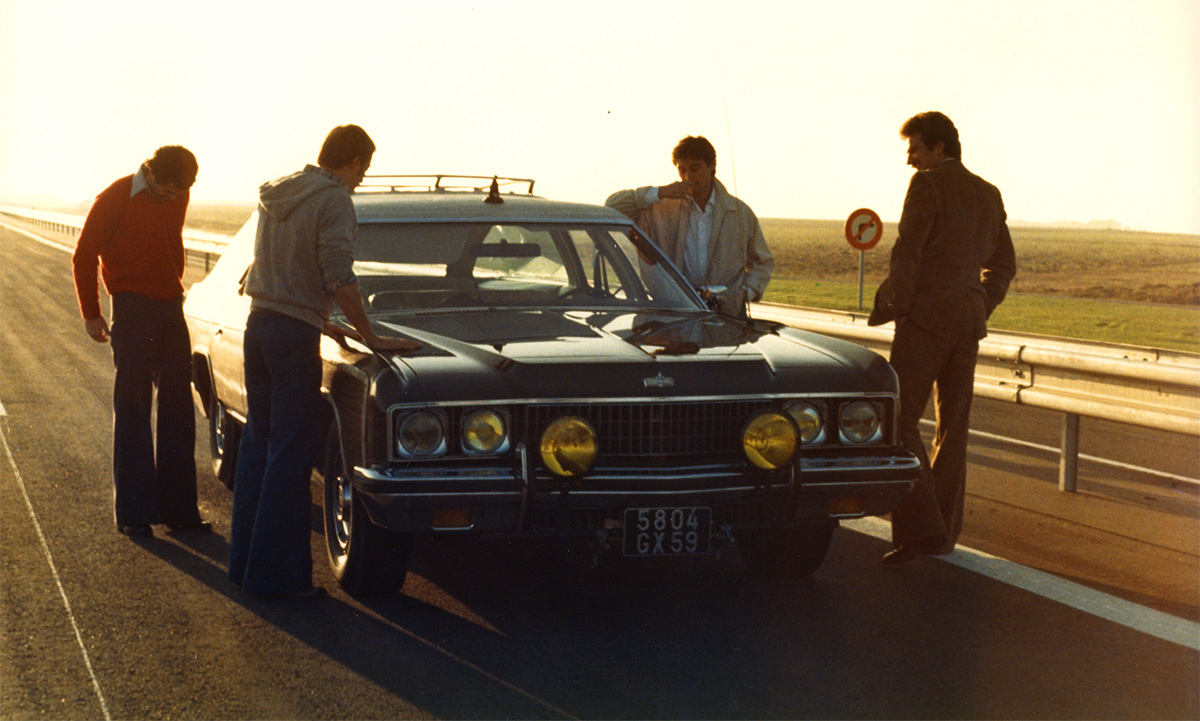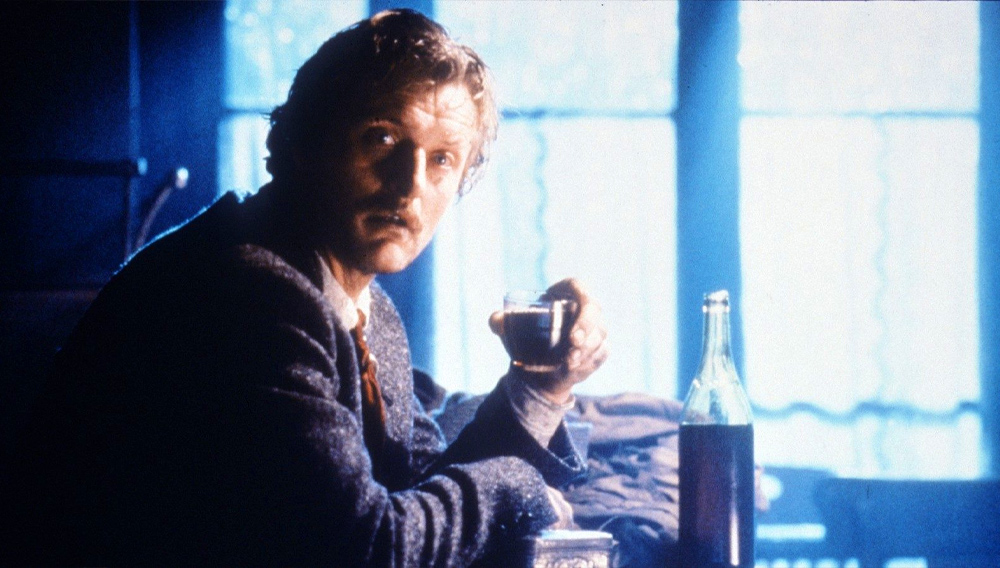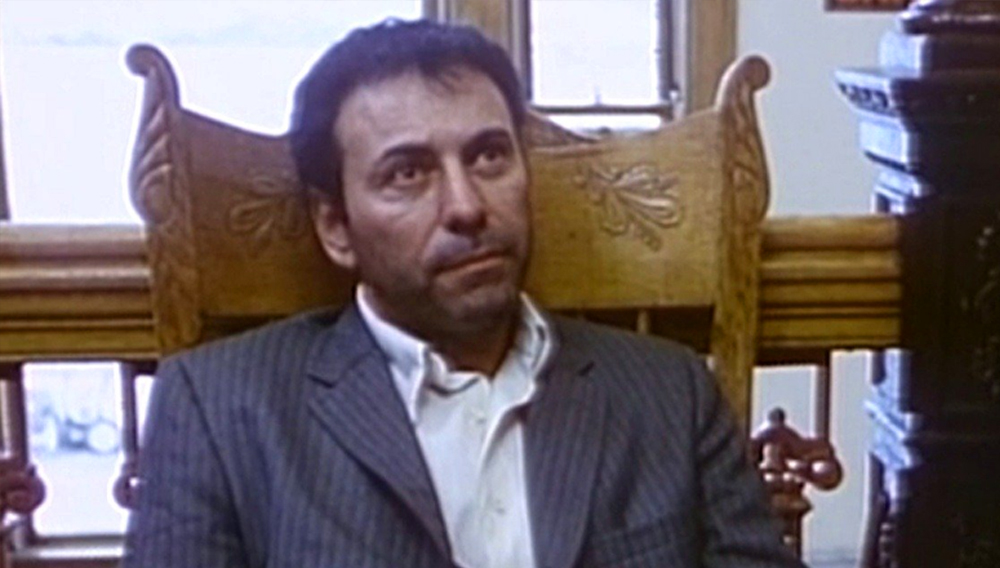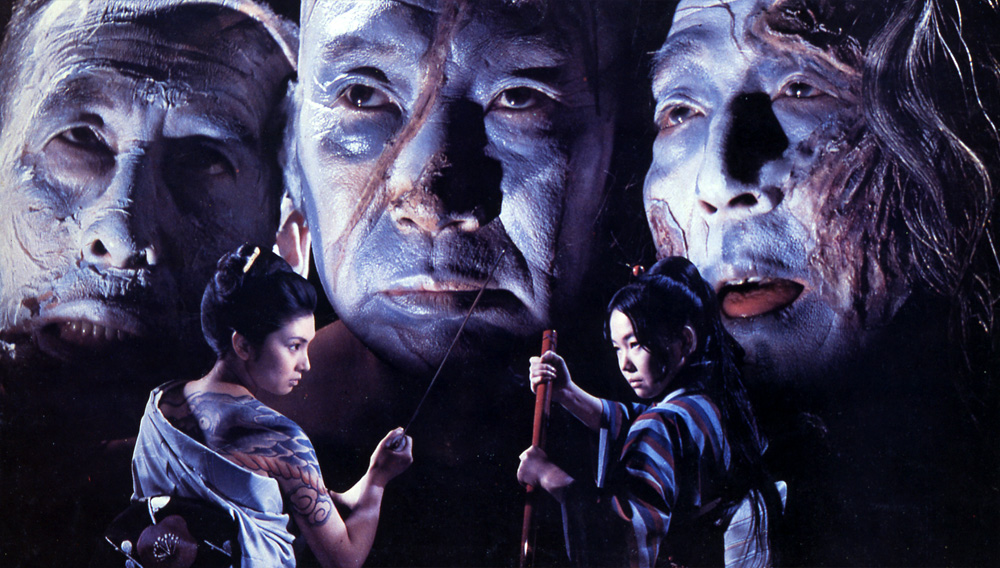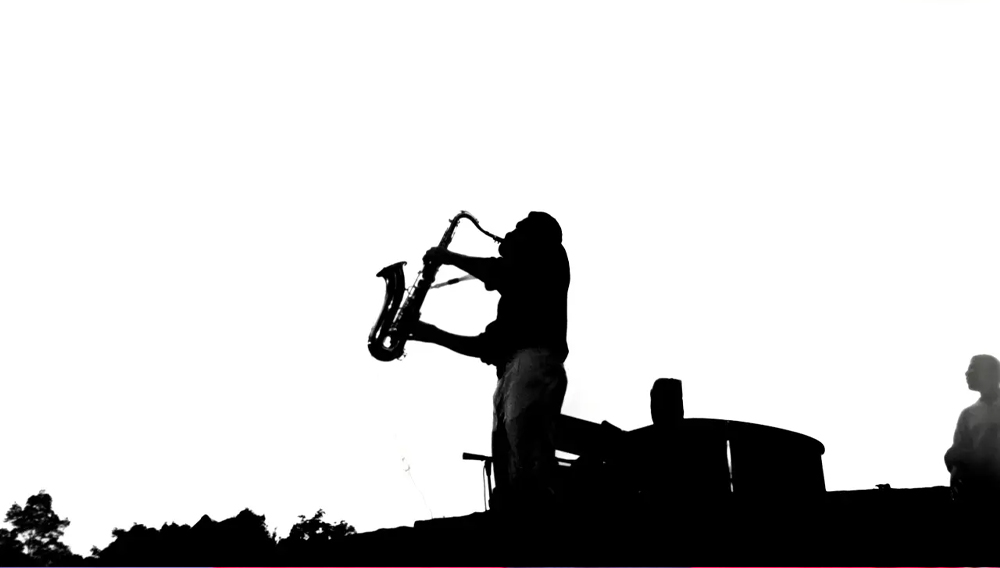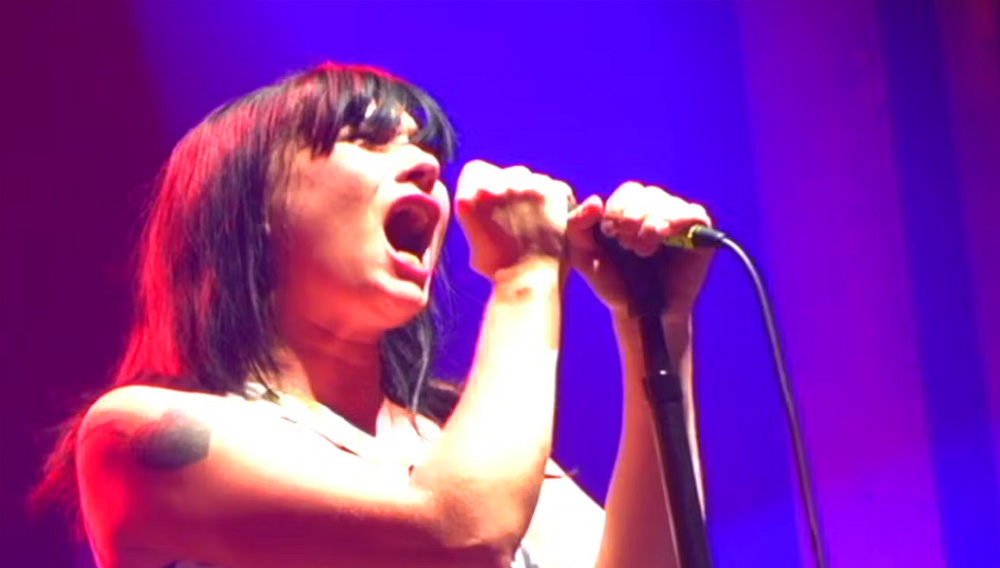Little discussed today, Miklos Jancsó‘s films have an influence directly traceable to a whole strain of 21st century art cinema. Though he’s worked steadily for 60 years (with 78 shorts, documentaries and features to his name), Jancsó is best known for a decade’s worth of elaborately planned tracking shots that glide, crane and pan over great gaps of time and space. He pared away at his method, especially from 1965-1974, the peak of his international acclaim: 1972’s Red Psalm only has 27 shots in 87 minutes, an average length of over three minutes per shot; two years later, his 12 shots in Electra, My Love reach an average of nearly 6 minutes. Jancsó was an admitted inspiration for contemporary Hungarian master Bela Tarr, who’s been known to exhaust the entire 11 minute length of a film reel in a single shot. Tarr in turn influenced Gus Van Sant (especially in Gerry, which explicitly recreates a shot from Tarr’s seven hour, long take-heavy behemoth Satantango).
In Jancsó’s most acclaimed film, The Red and the White (1968), he applies his patented camerawork to present war in terms as bluntly abstract as its title suggests. The “Red” are Hungarian revolutionaries fighting alongside Communist Russians; the “White” are their opponents, the Tsarist White Army. Their bloody skirmishes unfold in a series of long, complex shots that are meticulously choreographed even while depicting deadly combat as arbitrary and chaotic.
The camera snakes from one set of soldiers to the next; the closest thing to a focal point is Laszlo, played by Jancsco regular András Kozák. He’s described by Hungarian critic Lóránt Czigány as “a sort of alter ego for Jancsó,” but there’s no real point of identification for audiences. Individuals dissolve into a field-size chess game of movement and counter-movement, climaxing in a deadly checkmate. Czigany described the sardonically violent narrative logic of “Jancsó Country” as “a closed world with its own rules. As in chess, you cannot make an illegal move, or the game would stop.”
Watch a scene from The Red and the White on Fandor:
The Red and the White substitutes narrative momentum with a series of whiplash reprisals and pursuits. The reasons for the violence (ethnic, political) may be known to the men on-screen, but to a larger audience they come across as opaque and pointedly senseless. In this way it differs significantly from Gus van Sant’s aesthetically similar Elephant, which errs on the side of sentimentality in explaining school shootings. It has more in common with another Elephant, Alan Clarke’s series of methodical, abstractly compelling tracking shots detailing random deaths without context.
The Red And the White is a companion piece to Jancsó’s 1965 war movie The Round-Up, which features more of a protagonist, though he lasts for only half the film (leaving the audience to contemplate the grim interchangeability of people in wartime). Both The Round-Up and The Red And The White have loaded historical contexts: both could be viewed as allegorical representations of the USSR’s crushing of the Hungarian Revolution of 1956. (It doesn’t seem to be an accident that one of the White Officers in The Red And The White is played by Nikita Mikhalkov, as firmly nationalist a Russian director as there is.) On an online board, critic David Ehrenstein notes that hearing the Hungarian National Anthem at the end of The Round-Up at the New York Film Festival in 1966, “the audience at Lincoln Center was filled with Hungarians who stood up and sang it lustily.”
If The Red and the White harbors nationalist sentiments, they’re crushed under the spectacle of widespread, indiscriminate death-dealing. There’s something of the glee of a slasher film in the way Jancsó offers up a number of virtuoso kills, all staged in different ways. In a lesser director’s hands, these scenes could be numbing to watch. But they stay frighteningly gripping because Jancsó has the steely reserve needed to train a sober, unwavering eye on a landscape of mass slaughter. For that reason, it’s more humanistic than its distanced gaze suggests.
Jancsó invented a cinematic form to fit a new conception of war as senseless, a guerilla-ridden quagmire of petty skirmishes with no one to root for. “Death comes too quickly and casually for us to decide what our feelings about it ought to be,” Vernon Young writes in the Hudson Review. “I couldn’t have cared less how many Reds or Whites as such were done to death; in a film — at least in Jancsó’s film — one’s sympathy is involved at the moment.” And then on to the next killing, the next futile escape, until the film’s over.
Jancsó and his contemporary Andras Kovacs were both praised by Marxist theorist Gyorgy Lukacs as “asking the right kinds of questions in their films, like Ibsen or Chekhov.” The impersonal narrative is appropriate for war, depicted as a logically anti-psychological terrain, its own kind of horror. The Red And The White is as impressive as it is chilly (critic Jonathan Rosenbaum has offered Stanley Kubrick as an emotional reference point), and never stops being stupefyingly accomplished.
Vadim Rizov is a freelance film writer based in Brooklyn. His work regularly appears in Sight & Sound, the LA Weekly and the AV Club, among others.

